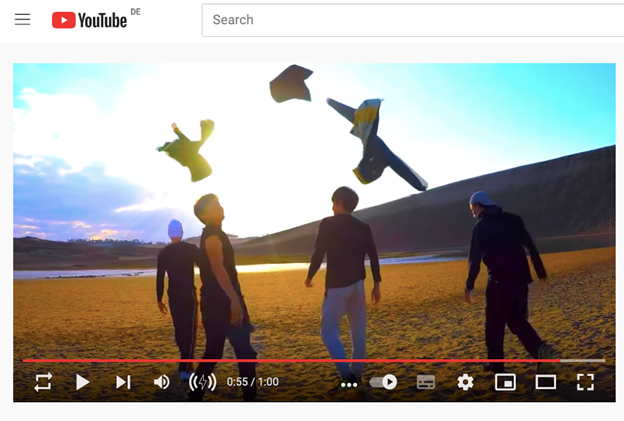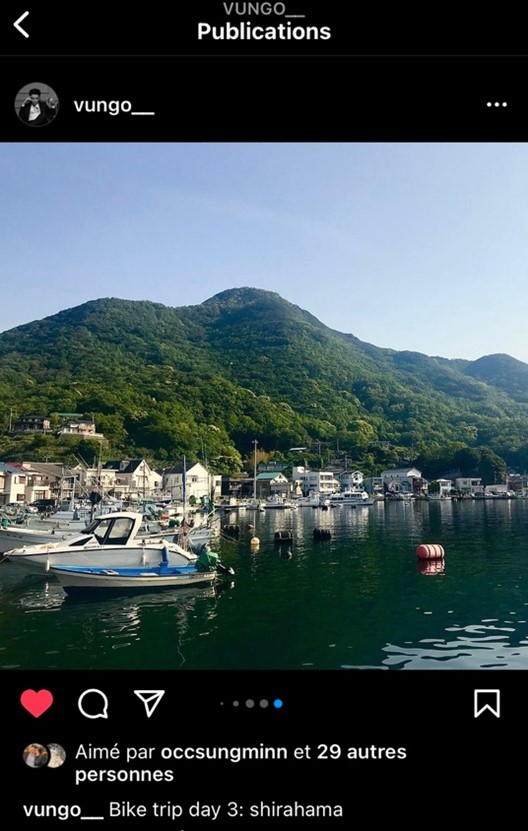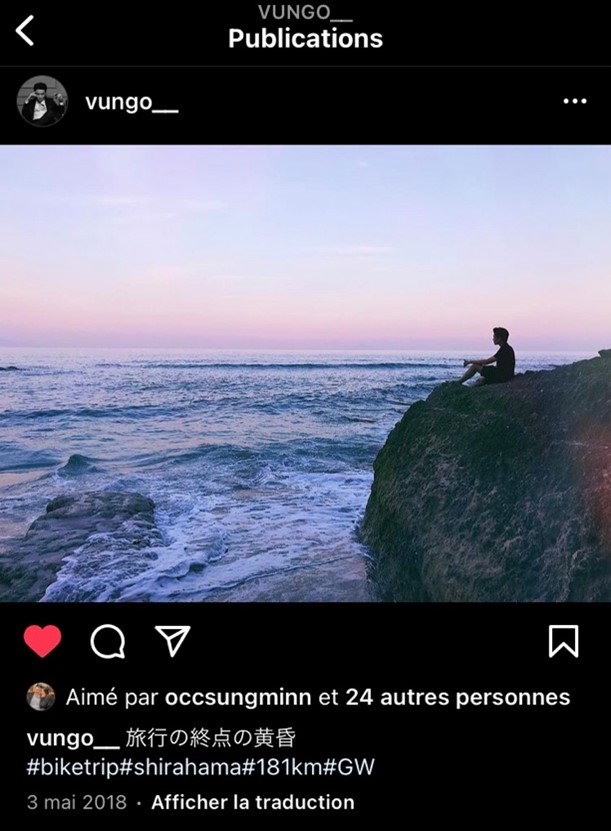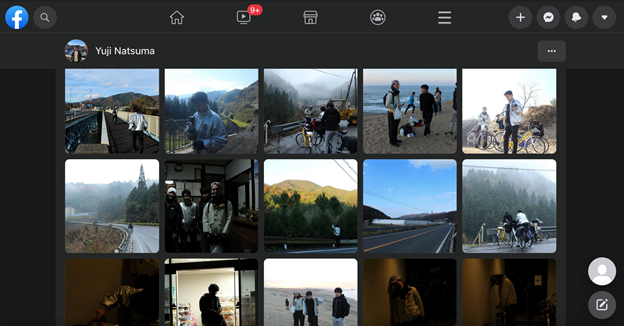by Ngo Tu Thanh (Frank Tu)
Social Media (Social Networking Service or SNS in Japanese) like Instagram, Youtube, Twitter or Facebook have become an important part of our everyday life. SNS are even mentioned in policy documents about rural revitalization and urban-rural migration in Japan. For our project on urban-rural migration and rural revitalization in four prefectures in Kyushu I have analyzed the Comprehensive Strategy for Communities, People and Work in Fukuoka and Nagasaki prefecture. SNS appeared as one strategy to disseminate information (jōhō hasshin) about the prefectures, tourism, local products and support for in-migrants among many other things.

Copyright © Ngo Tu Thanh 2017
Both Fukuoka and Nagasaki prefectures highlight the use of SNS as an important strategy to attract tourists or in-migrants. For instance, the plan of Nagasaki prefecture states that Nagasaki will publish footage of young people working in Nagasaki on Twitter and Instagram to attract young people to move to the prefecture. It will also disseminate information about migration on Facebook and LINE that appeals to Nagasaki natives who have moved to other places, particularly during times when they return home like Obon and New Year’s to inspire them to think about return migration (U-turn). SNS are also considered an important tool to showcase the charm of Nagasaki’s fisheries on YouTube, to promote local products and to attract foreign tourists from China, Korea, Vietnam, and Thailand [1].
Similarly, the Comprehensive Strategy of Fukuoka prefecture entails a strategy called “Disseminate information effectively” which states that Fukuoka prefecture aims to further enhance the recognition of the prefecture’s name, and thereby to attract visitors from Southeast Asia, Australia, and Western countries. In order to do so, Fukuoka’s plan suggest to make use of various digital means of communication, such as popular tourism websites or SNS to disseminate information that appeals to tourists [2].


Copyright © Ngo Huy Vu 2018
The use of SNS for rural revitalization was also a recurrent topic in my interviews with three Chiikiryoku Sōzō Advisor for the Ministry of Internal Affairs and Communications. That said, all the three advisors were skeptical of this strategy. For instance, one of them was an advisor in his early forties whose expertise lies in the fields of videography, copywriting and marketing. He has been creating promotional videos to help municipalities showcase their strengths to attract visitors and newcomers. He points out that although many videos have been posted on YouTube, no one watches them. Thus, he prefers advertising his promotional videos on specialized websites or making DVD copies and to distribute them to students who are doing job-hunting. Moreover, he is skeptical about how municipalities evaluate the effectiveness of such promotional efforts. In particular, he wonders whether the number of views could really reflect the success of a video, if, despite having many views, it does not really attract newcomers (interview in October 2021).
The other two advisors who are much older than the advisor mentioned above shared this critical view of SNS. One repeatedly mentioned that efforts to publish footage or photos on Instagram and Facebook do not create any substantive impacts on rural revitalization while the other stated that although there are people who disseminate information on Facebook, such information is just “words” not “actions” and does not necessarily lead to real impacts on rural revitalization (interviews in September and October 2021 respectively).

Copyright © Yuji Natsuma 2017
The ubiquity of SNS in everyday life renders social media an inevitable topic in today’s discourse on regional revitalization. Nevertheless, given their rather recent integration into rural revitalization policies and strategies, it will take time to adequately evaluate the impact of SNS on rural Japan and its revitalization. I will follow up this question as I proceed with my PhD project.
References:
[1]
Nagasaki Prefecture (2020). Dai ni ki Nagasaki Ken Machi, Hito, Shigoto Sōsei Sōgō Senryaku (Reiwa 2 nendo kaitei ban). Available at: https://www.pref.nagasaki.jp/shared/uploads/2021/04/1617856105.pdf
[2]
Fukuoka Prefecture (2020). Dai ni ki Fukuoka Ken jinkō bijon, Chihō Sōsei Sōgō Senryaku. Available at: https://www.pref.fukuoka.lg.jp/uploaded/attachment/109804.pdf
